- Roof beasts, generally distributed on the vertical ridges at both ends of the house, are very important building components
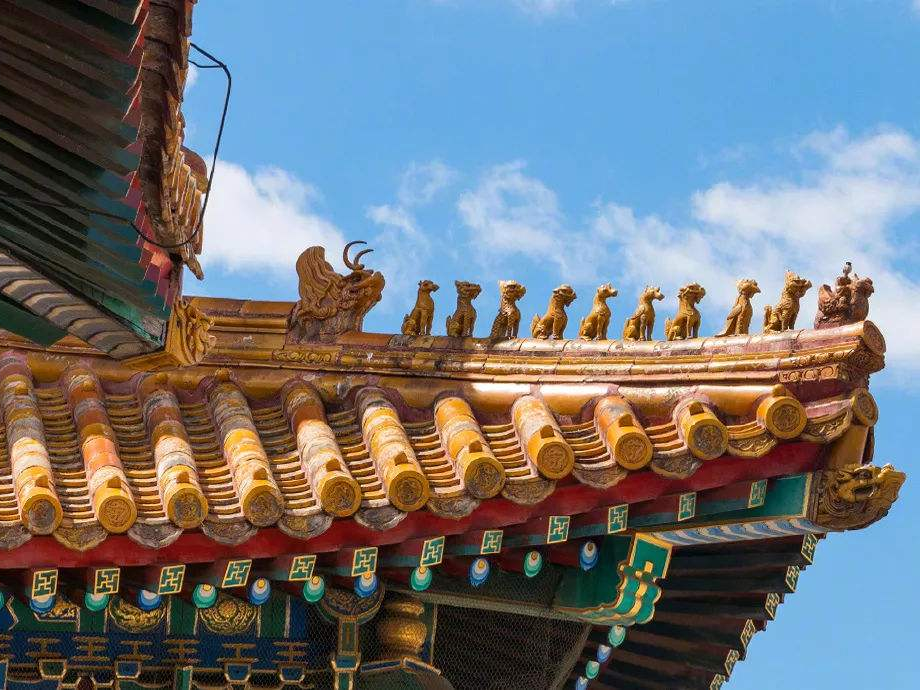
Roof ridge beasts are sculptures placed on the ridges of houses and palaces in ancient Chinese traditional buildings.
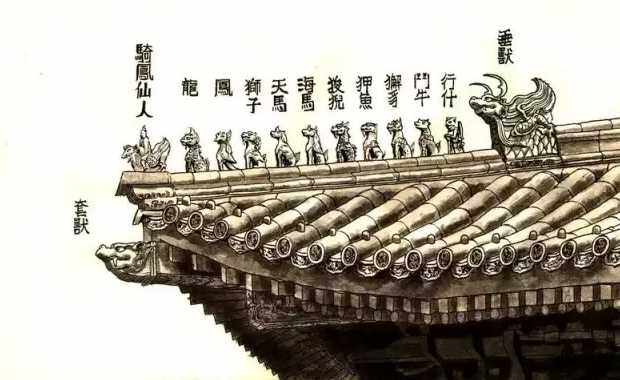
There are at most ten running beasts in ancient Chinese buildings. They are distributed on the vertical ridges at both ends of the house. The order from bottom to top is: dragon, phoenix, lion, sky horse, seahorse, 猊, scorpion fish, scorpion, bullfighting, What to do.

The first: the dragon, symbolizing the emperor.
The second place: Feng, is a metaphor for a person with holy virtue. According to the "Historical Records · Biography of the Japanese": "The phoenix is not a group with the finch." The placement of the phoenix here illustrates the supreme status of the feudal emperor.
The third place: Lion, representing bravery and majesty.
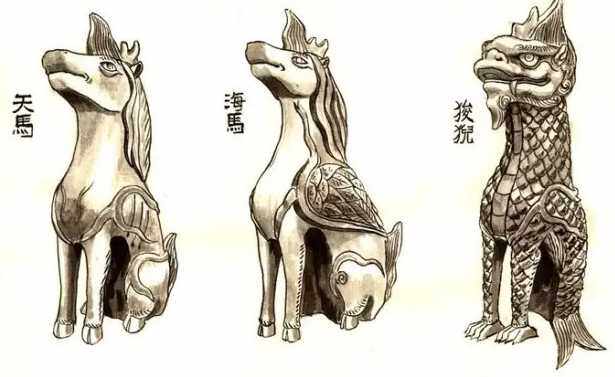
Fourth place: Tianma, the incarnation of auspiciousness in our ancient mythology.
Fifth place: The seahorse is also the embodiment of auspiciousness.
The sixth place: Suan. Ancient books record that it is a beast of the same kind as a lion, and it is also said that it is one of the nine sons of a dragon.

Seventh place: hawk fish, a strange animal in the sea. Legends and suiyu are gods who prosper clouds and make rain, and fire fire and prevent disasters.
The eighth place: Haechi, a beast in ancient Chinese legends, similar to lions. "Foreign Objects" says that "there are beasts in the Northeast Wilderness, named Hachi". In one corner, they are loyal, those who are not straightforward when they see people fighting, and those who are not right when they hear people. It can distinguish straight and straight, and it is also called a god sheep. "It is a symbol of bravery and justice.
The ninth place: bullfighting, it is a kind of horned dragon in legend. According to the "Chen Yuan Zhilue", "There are bullfighting in Xi Neihaizi, that is, Qiuyuan (next to worms) and the like. When it rains, it makes clouds and fog, often winding roads and Above the Golden Ao Yu Dongfang." It is a kind of auspicious rain town which eliminates disasters.
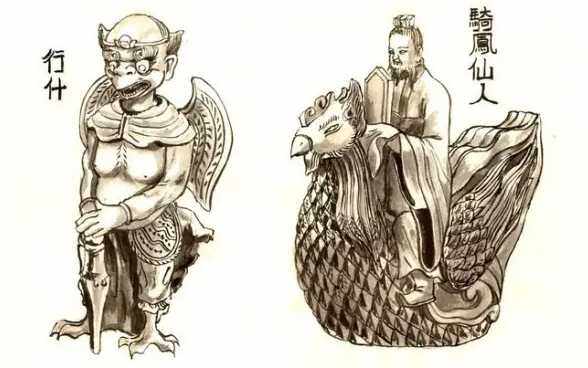
Tenth place: Xingshi, a portrait of a winged monkey face. Since all Chinese buildings except the Hall of Supreme Harmony, there are only nine small beasts at most, so it is said that this line is completely created to highlight the position of the Hall of Supreme Harmony-ranking tenth, so it is called What to do.
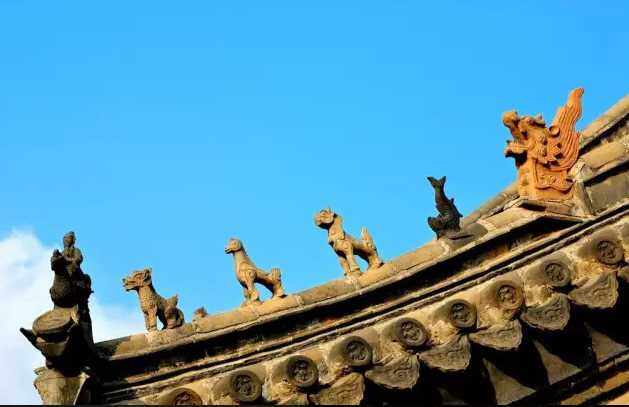
Chinese ancient buildings consist of one orthopedic ridge and four vertical ridges. They are collectively called five ridges and six artificial beasts are placed on the five ridges, collectively called five ridges and six beasts. The sculptures on the roof are all lifelike, reflecting Chinese traditional culture. Editor/He Yuting
Comment
 Praise
Praise
 Collect
Collect
 Comment
Comment
 Search
Search


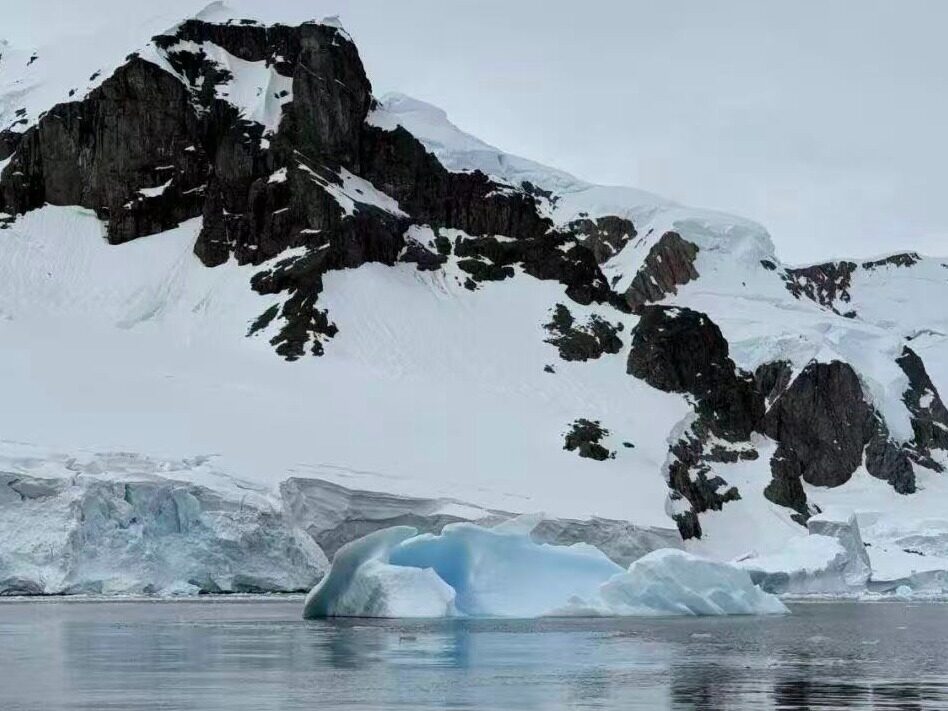

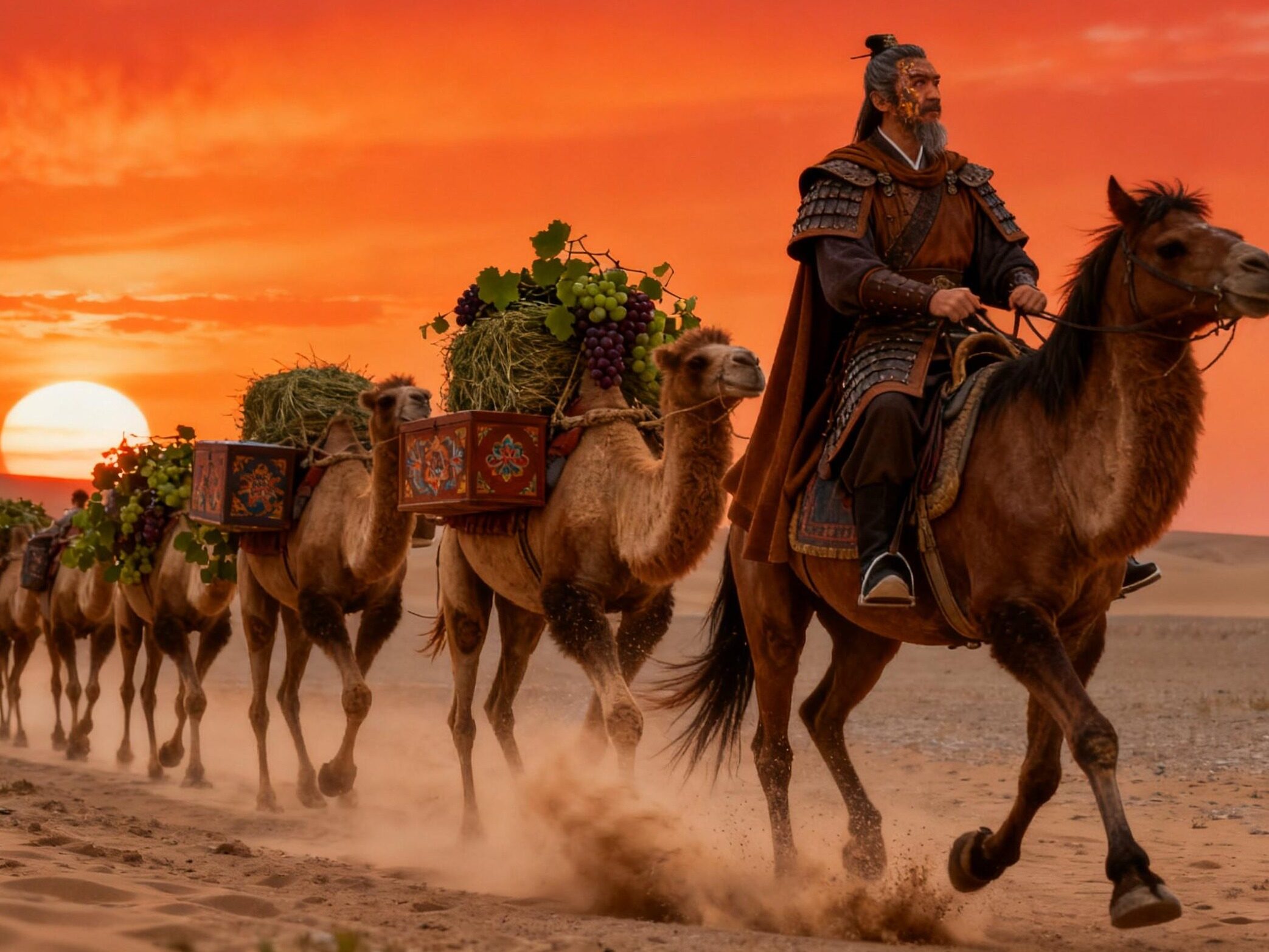
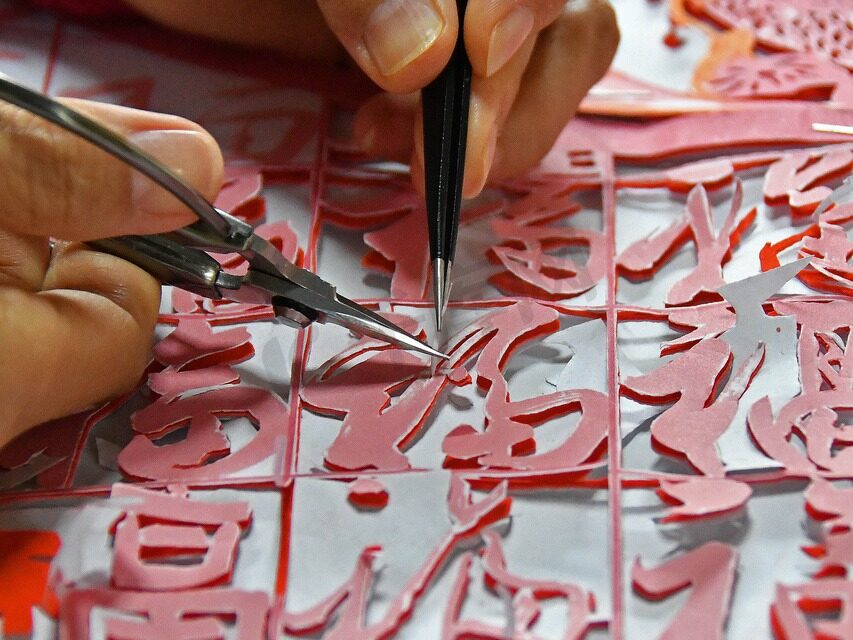
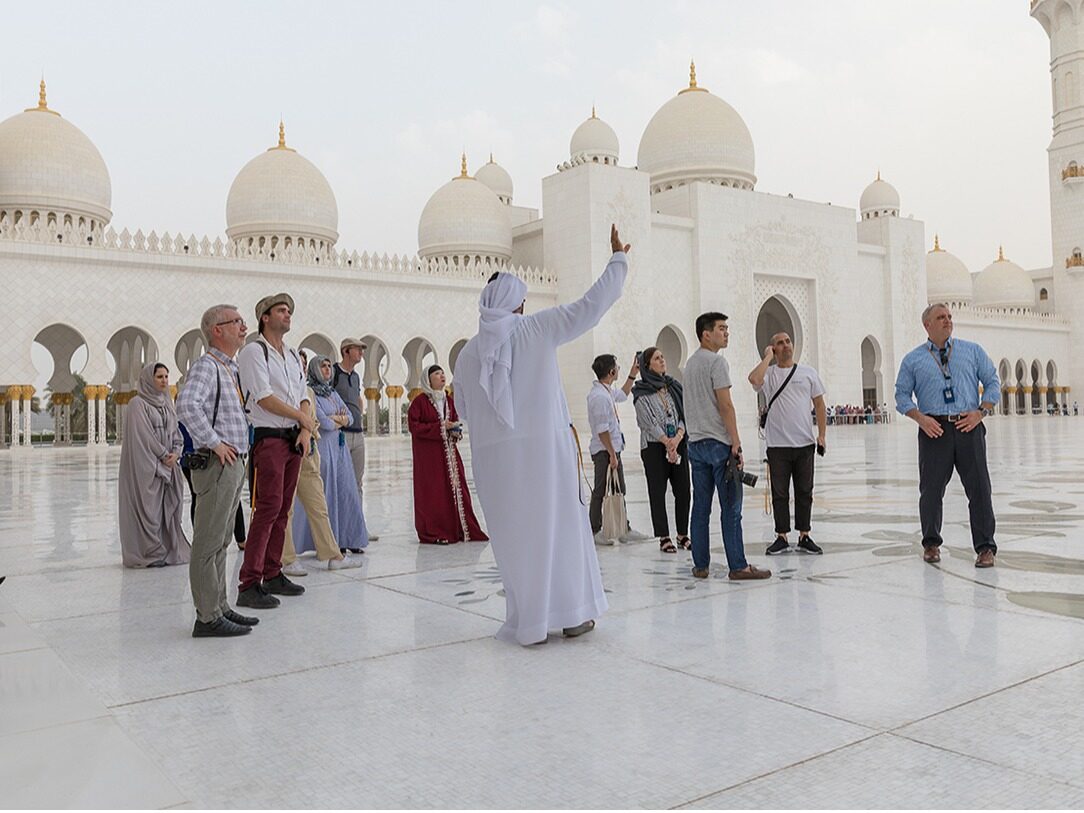
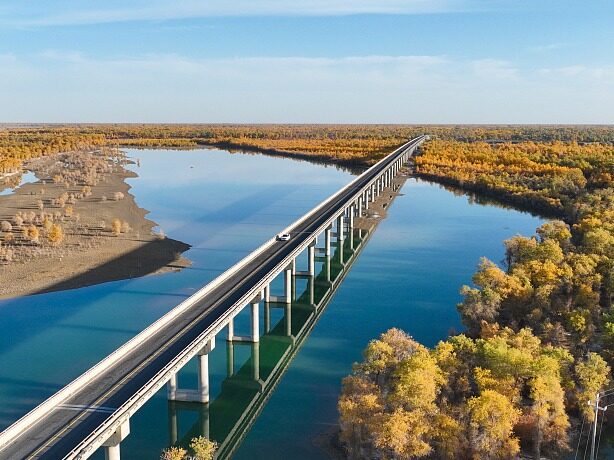






Write something~